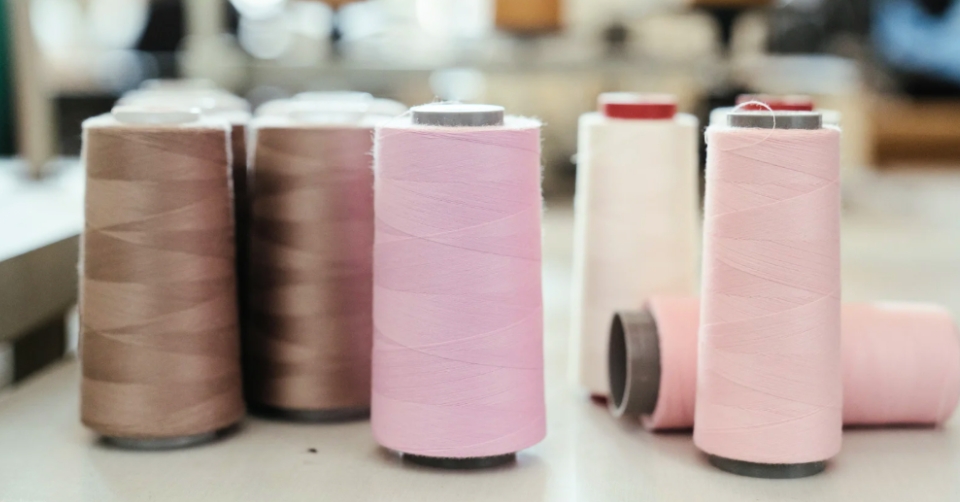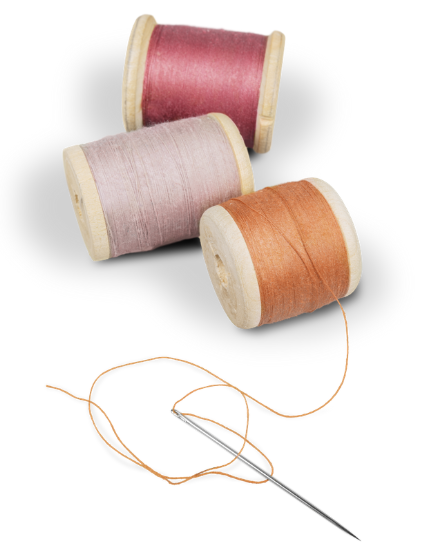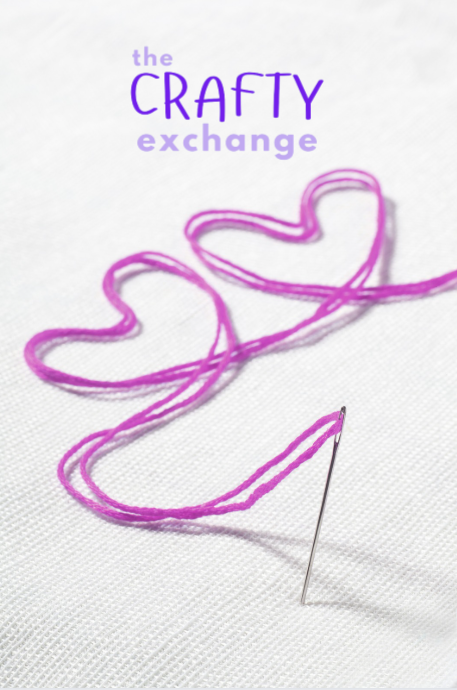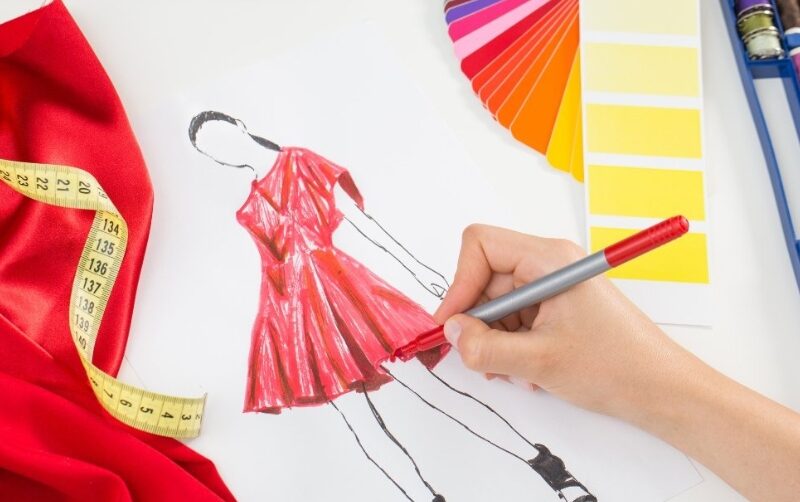
Thread is an often overlooked but critical element of any sewing project. Choosing the wrong thread can lead to fraying, snapping, uneven stitches, and ultimately, frustration. With so many options available, from cotton to polyester, silk to nylon, it’s essential to understand which thread is best suited to your project. In this guide, we’ll explore the different types of thread, their properties, and why investing in quality thread can make all the difference in your sewing success.
“Quality is never an accident; it is always the result of intelligent effort.”
Why Thread Quality Matters
It can be tempting to purchase budget-friendly or unbranded thread, especially when you see a full palette of colours beautifully arranged in a box. I once made this mistake myself, lured in by the aesthetics of a rainbow display of threads in a fancy box. However, when I came to use them, they snapped continuously in my sewing machine, rendering them practically useless. Poor-quality threads often have inconsistent thickness, weak fibres, and excessive lint, all of which can cause problems during stitching.

Common Issues with Low-Quality Threads
Frequent breakage due to weak or loosely spun fibres. Excessive lint build up in your sewing machine, leading to maintenance issues. Uneven tension causing skipped stitches and puckering. Colour fading or dye transfer when washed.
Poor elasticity, leading to weak seams in garments and upholstery.
Investing in good-quality, well-spun thread can improve stitch consistency, durability, and the overall longevity of your projects.
Different Types of Sewing Threads & Their Uses
Understanding the different types of threads and their properties will help you select the most suitable one for your sewing project.
Cotton Thread
Best For: Quilting, lightweight fabrics, heirloom sewing.
Properties: Cotton thread has little to no stretch, making it ideal for natural fibre fabrics like linen and cotton.
Variants:
Mercerised Cotton: Stronger with a slight sheen due to a chemical treatment.
Glazed Cotton: Coated for extra strength but not recommended for sewing machines as it can gum up the tension discs.

Polyester Thread
Best For: Garments, general sewing, and stretch fabrics.
Properties: Polyester thread is durable, has some elasticity, and resists shrinking and fading.
Variants:
All-Purpose Polyester: Works well for most projects.
Core-Spun Polyester: A blend of polyester wrapped in cotton, ideal for stretch fabrics.
Nylon Thread
Best For: Heavy-duty projects, upholstery, and outdoor gear.
Properties: Nylon is strong, flexible, and abrasion-resistant, making it suitable for sewing tough materials like canvas or leather.
Considerations: Avoid using nylon for garments as it may melt under high heat.
Silk Thread
Best For: Delicate fabrics like silk and wool, tailoring, and couture sewing.
Properties: Silk thread is fine yet strong, providing excellent seam strength without damaging delicate fabrics.
Bonus Tip: Works beautifully for hand-sewing fine garments.
Wool Thread
Best For: Embroidery, topstitching, and decorative stitching.
Properties: Textured and soft, giving a unique hand-stitched effect.
Usage Tip: Not suitable for machine sewing due to its thickness.
Metallic Thread
Best For: Decorative embroidery and embellishments.
Properties: Adds a reflective finish but can be tricky to work with as it frays and breaks easily.
Usage Tip: Use a metallic needle and sew slowly to reduce breakage.
Thread Weights and Their Importance
Thread weight is crucial in determining the strength and appearance of your stitches.
- Lightweight (50wt-60wt): Best for delicate fabrics and fine stitching.
- Medium weight (30wt-40wt): Most commonly used for general sewing.
- Heavyweight (12wt-20wt): Used for topstitching, decorative seams, and heavy-duty projects.
Invisible Thread (Monofilament)
Best For: Quilting, hemming, and projects where visible stitches are undesirable.
Properties: A fine, transparent thread made from nylon or polyester.
Considerations: Can be stiff and difficult to work with, best used in short runs.
A general rule of thumb: The higher the weight number, the finer the thread. The lower the number, the thicker and stronger the thread.
How to Choose the Right Thread for Your Project
Match the thread to the fabric composition: Use cotton thread for cotton fabrics, polyester for synthetic fabrics, and silk thread for delicate materials.
Consider durability needs: If your project requires strength (e.g. upholstery, denim, or leatherwork), opt for polyester or nylon thread.
Choose the correct weight: Lightweight fabrics require finer threads, while thicker materials need heavier, more robust threads.
Check for quality: Look for smooth, even thread with minimal lint.
Tips for Working with Thread in a Sewing Machine
Use the right needle: Different threads require different needle sizes and types (e.g. ballpoint for stretch fabrics, sharp for woven fabrics).
Adjust machine tension: If your thread is snapping, loosen the tension slightly.
Store thread properly: Keep away from direct sunlight and moisture to prevent degradation.
Test before sewing: Always test a small section before starting your project.
Replace old thread: Over time, thread can weaken – if it’s snapping easily, it may be too old to use.
Thread might seem like a small detail, but it has a huge impact on the quality and longevity of your sewing projects. Investing in high-quality thread suited to your fabric and purpose will prevent frustration and improve your sewing experience. Avoid the mistake of choosing thread based on appearance alone – take the time to select the right type, weight, and brand for the best results.


